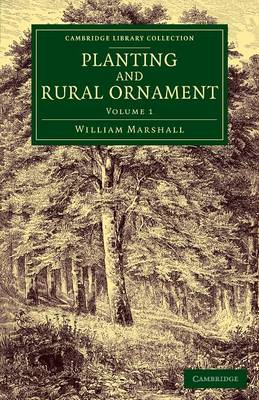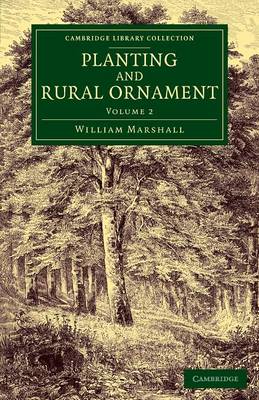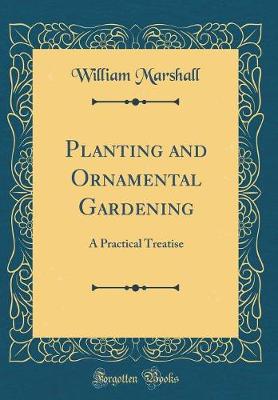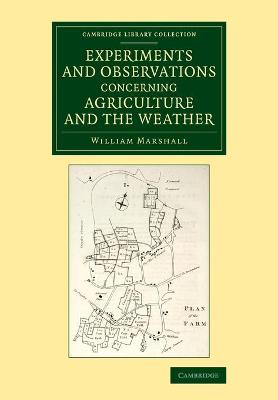Cambridge Library Collection - Botany and Horticulture
5 total works
William Marshall (1745–1818), an experienced farmer and land agent, published this work in 1795, and early in 1796 produced a second edition (reissued here), 'with large additions'. The two-volume work was intended as a practical guide for the owners or managers of large estates on how to establish and maintain timber plantations, both for their financial value and also as important decorative elements in the landscaping of the surroundings of the owner's house. The work covers the practical issues of planting, propagating and transplanting, and discusses the choice of trees for different commercial purposes, and the planning and maintenance of hedgerows, as well as ornamental buildings. Volume 1 includes a review of the writings on landscape by such figures as Horace Walpole, (one of whose essays is reproduced), giving insights into the economic as well as the aesthetic aspects of landscape gardening in its golden age.
William Marshall (1745–1818), an experienced farmer and land agent, published this work in 1795, and early in 1796 produced a second edition (reissued here), 'with large additions'. The two-volume work was intended as a practical guide for the owners or managers of large estates on how to establish and maintain timber plantations, both for their financial value and also as important decorative elements in the landscaping of the surroundings of the owner's house. The work covers the practical issues of planting, propagating and transplanting, and discusses the choice of trees for different commercial purposes, and the planning and maintenance of hedgerows, as well as ornamental buildings. Volume 2 begins with an account of the Linnaean system of plant classification and its sexual basis, and supplies both an alphabetical list of trees and shrubs in their Latin Linnaean classes, and an index of plants under their English names.
William Marshall (1745-1818), an experienced farmer and land agent, published this work anonymously in 1785. (His later, two-volume Planting and Rural Ornament is also reissued in this series.) His intention here is 'to bring into one point of view, and arrange in compendious form, the Art of Planting and Laying-Out Plantations', which had been treated by previous authorities as two distinct subjects. The book begins with instructions on propagation, planting out and transplanting, followed by an outline of the Linnaean system and an extensive alphabetical plant list (by Latin names). The second part consists of advice on the use of plants in the wider landscape: stands of timber for cutting, hedges, woodlands, and the landscaping of 'grounds'. The work includes a history of modern gardening, and discussions of 'factitious accompaniments', including the hunting-box and the ornamented cottage, though not the temple, which was 'a great act of folly' according to Marshall's criteria.
Experiments and Observations Concerning Agriculture and the Weather
by William Marshall
Published 19 February 2016
William Marshall (1745–1818), from farming stock, became a farmer and then estate manager and land agent after several years conducting business in the West Indies. This 1779 book (one of his earliest) describes his observations and experiments on his farm in Surrey (which he later had to give up because of his partner's bankruptcy). A description of the size, soil type and aspect of his various fields is followed by a summary of the experiments he carried out - mostly simple ones, such as comparing results if seeded fields were rolled or not. Diary records over two years for each crop are given, with areas sown, soil conditions and weather data. A chapter is devoted to weather prognostications, and another to day-to-day farm management and accounts. Marshall hoped that the systematic reporting of his findings would be of use to others, and the work provides interesting insights into the beginnings of scientifically based agriculture.




